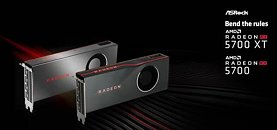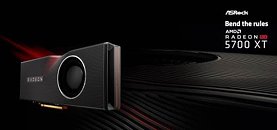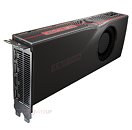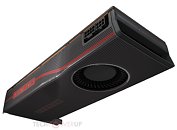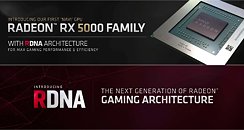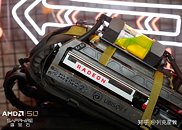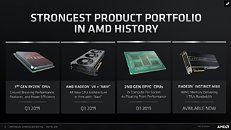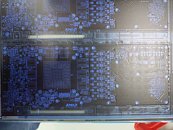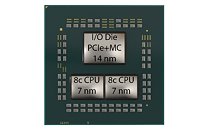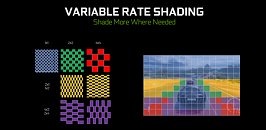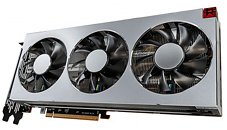
ASRock Launches Radeon RX 5700 Performance Gaming GPU Series
The leading global motherboard, graphics card and mini PC manufacturer, ASRock, launches the flagship level product - Radeon RX 5700 series graphics cards featuring AMD's latest Radeon RX 5700 gaming GPU and 8GB 256-bit GDDR6 memory with great gaming experiences are created by bending the rules. Take control and forge your own path with Radeon RX 5700 series and experience powerful accelerated gaming customized for you.
The Radeon RX 5700 series GPUs are powered by new RDNA architecture -- the heart of AMD's advanced 7nm technology process. RDNA features up to 40 completely redesigned "Compute Units" delivering incredible performance and up to 4x IPC improvements, new instructions better suited for visual effects such as volumetric lighting, blur effects, and depth of field, and multi-level cache hierarchy for greatly reduced latency and highly responsive gaming. The RDNA architecture enables DisplayPort 1.4 with Display Stream Compression for extreme refresh rates and resolutions on cutting edge displays for insanely immersive gameplay.
The Radeon RX 5700 series GPUs are powered by new RDNA architecture -- the heart of AMD's advanced 7nm technology process. RDNA features up to 40 completely redesigned "Compute Units" delivering incredible performance and up to 4x IPC improvements, new instructions better suited for visual effects such as volumetric lighting, blur effects, and depth of field, and multi-level cache hierarchy for greatly reduced latency and highly responsive gaming. The RDNA architecture enables DisplayPort 1.4 with Display Stream Compression for extreme refresh rates and resolutions on cutting edge displays for insanely immersive gameplay.
